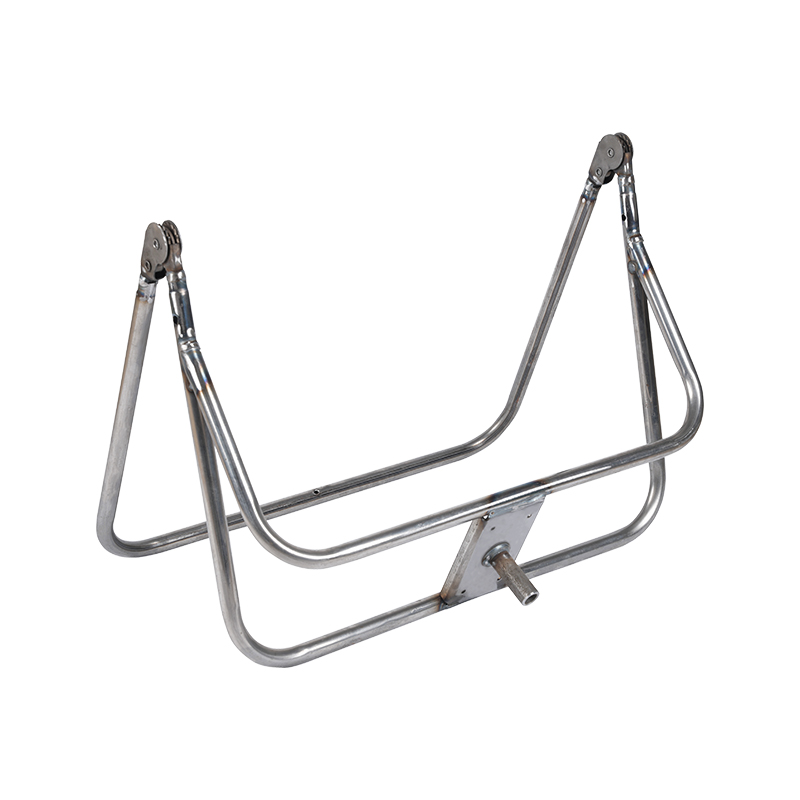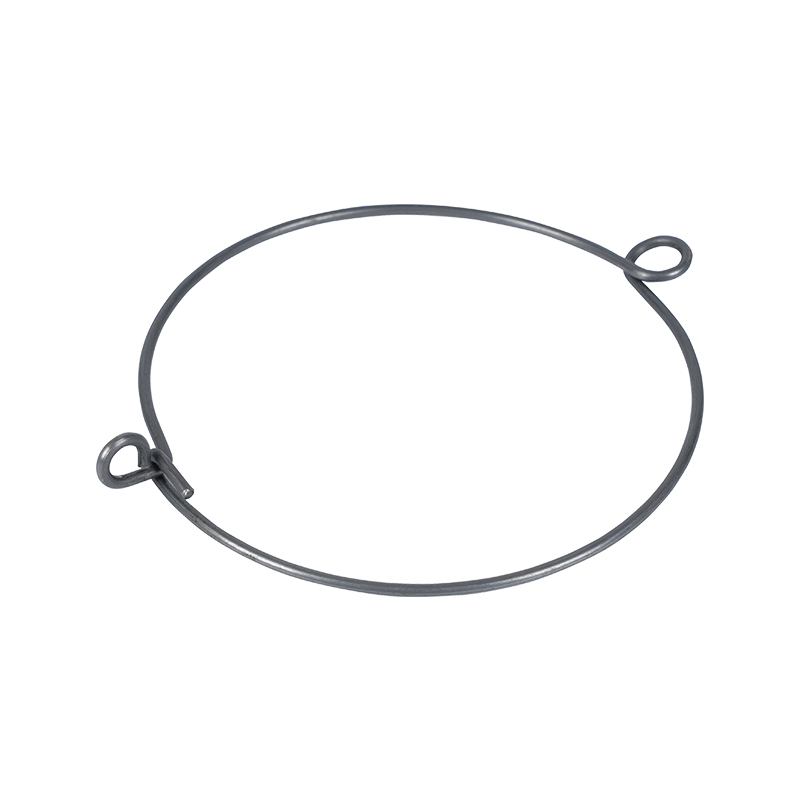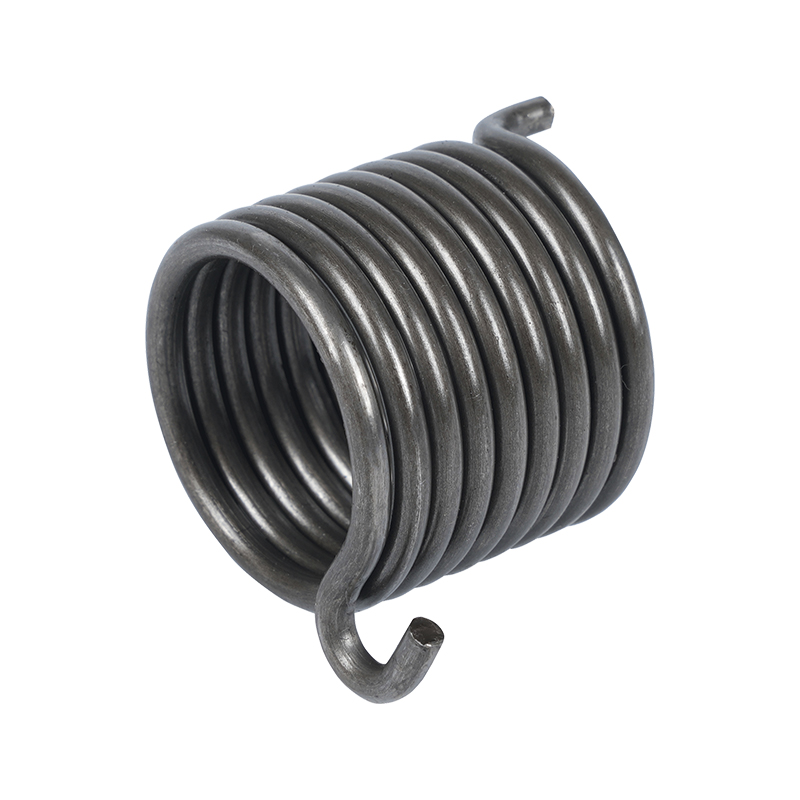Consumer Electronics Innovation Drives Growing Demand for High-Precision Stamping Sheet Metal
The rapid evolution of consumer electronics—smartphones, tablets, and laptops—has transformed not only the devices themselves but also the components and materials used in their production. Among the key technologies enabling these sleek, lightweight, and high-performance devices is Stamping Sheet Metal, which plays an increasingly vital role in both structural and aesthetic design.
From ultra-thin phone frames to complex internal brackets, Stamping Sheet Metal is essential for achieving the required mechanical strength, dimensional precision, and design flexibility. As tech brands race to deliver thinner, lighter, and more durable devices, the requirements for Stamping Sheet Metal components have become more demanding than ever.
The Push for Thinner Devices
Smartphones like the iPhone 15, Xiaomi 14 Ultra, and Samsung Galaxy Z Fold series exemplify the current trend toward slim yet robust devices. These designs often rely on Stamping Sheet Metal to form the outer shell and internal support structures. Manufacturers must use high-strength aluminum alloys or stainless steel to ensure that the device maintains structural integrity without adding bulk.
In Shenzhen, one of the major global hubs for electronics manufacturing, local supplier FutureTech Metalworks recently upgraded its production line to meet the needs of premium phone brands. The company reported a 40% increase in orders for Stamping Sheet Metal parts with thicknesses below 0.6mm and tolerances within ±0.01mm.
“The latest smartphone models require parts that are both incredibly thin and strong,” said Eric Zhou, head of technical operations at FutureTech. “We’ve optimized our Stamping Sheet Metal processes using servo presses and in-die quality monitoring systems to achieve these results.”
Tablet and Laptop Manufacturers Raise the Bar
The demand for Stamping Sheet Metal components is also accelerating in the tablet and laptop segments. Apple’s iPad Pro and MacBook Air series use custom-milled aluminum enclosures and internal brackets created through high-precision Stamping Sheet Metal methods.
Similarly, Lenovo and Huawei have adopted Stamping Sheet Metal frames in their latest lightweight laptop models. These parts not only offer the rigidity needed to protect internal components but also serve as a heat dissipation medium, replacing bulkier materials.

At a production facility in Suzhou, a Lenovo supplier is now using hybrid stamping-laser systems to cut and form Stamping Sheet Metal frames with minimal post-processing. This shift has shortened times by 25% and reduced defect rates by over 15%, according to a plant operations report released in June 2025.
Material Advancements Drive Efficiency
Modern Stamping Sheet Metal processes are now tailored to work with advanced materials, including 7000-series aluminum alloys and ultra-thin stainless steel. These metals present challenges in formability and tool wear but offer significant performance advantages.
To address these challenges, suppliers are investing in tool coatings such as TiAlN and adopting simulation-based mold design to improve forming accuracy. This allows them to produce Stamping Sheet Metal parts that meet strict flatness, burr control, and surface finish criteria required by top-tier electronics brands.
Automation and Smart Inspection
Another key development in the Stamping Sheet Metal industry is the integration of automation and smart quality inspection. High-speed cameras and AI-driven defect detection systems are being deployed on stamping lines to ensure every Stamping Sheet Metal part meets tight tolerances.
This is particularly critical for structural brackets used in foldable phones, where any variation can to mechanical failure. Manufacturers are now using real-time feedback systems to adjust press force and alignment dynamically during production.
Outlook for the Stamping Sheet Metal Sector
As the consumer electronics market continues to grow and diversify, Stamping Sheet Metal will remain a foundational manufacturing process. Its ability to combine strength, precision, and formability makes it indispensable for product innovation in this fast-moving industry.
With continued investment in equipment, materials, and process automation, the Stamping Sheet Metal sector is well-positioned to meet the increasingly complex needs of global electronics manufacturers. Whether it’s a flagship smartphone or a next-gen ultrabook, the future of electronics will continue to be shaped—literally and figuratively—by Stamping Sheet Metal.


 English
English русский
русский Español
Español











